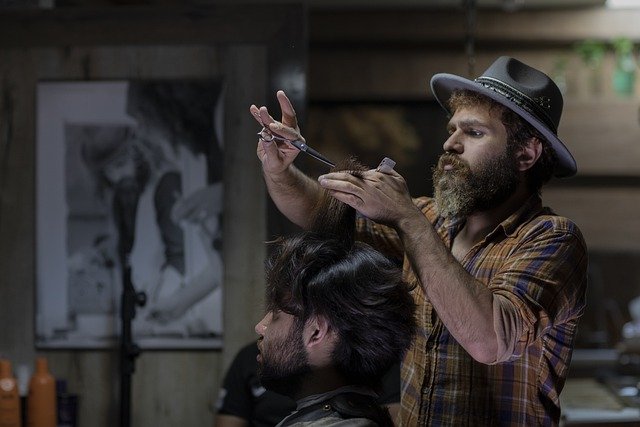
A stylist can dedicate themselves to hair care.
The dictionary of the Royal Spanish Academy ( RAE ) recognizes three meanings of the term stylist. The most used today refers to the hairdresser who does his work with creativity , betting on innovation or following the latest trends.
A hairdresser is someone who is dedicated to cutting hair and creating hairstyles . In a broader sense, the hairdresser takes care of the aesthetics of the hair .
The stylist's job
As we said, the stylist's task is to take care of his clients' hair. You can make the cut following the subject's instructions or appeal to your own discretion, usually agreeing on the style with whoever will submit to your scissors .
The stylist's work includes other actions related to hair. It is common, for example, to be in charge of washing hair and applying creams, gels or other products . Another of the stylist's frequent activities consists of applying dyes .
Image advisor
The notion of stylist can be broader and transcend the field of hairdressing. The RAE , in this sense, indicates that a stylist is also someone who is focused on image care .
The stylist, thus, is dedicated to styling . Therefore, their job transcends hair care and includes taking care of aesthetics on a general level.

Cutting hair is one of the activities that a stylist performs.
In this way, the stylist takes care of makeup , trying to hide imperfections and highlighting the person's features. This is generally a professional who pays attention to fashion. That is why it also provides advice on wardrobe, suggesting what type of clothing to wear, how to combine colors, what accessories to add to the look, etc.
The stylist and the setting
It is important to mention that the concept of stylist can refer to a professional who takes care of the aesthetics of a place , focusing on decoration and setting . This type of stylist seeks harmony through the arrangement of objects in space, lighting and other factors.
In a photographic production with a model , to mention one possibility, a team of professionals is usually involved that includes stylists (both hairdressers and makeup artists and set designers or decorators), photographers, designers and other specialists.
Depending on their area of work , the stylist can train through courses (hairdressing, makeup and others) or even opt for a higher degree (such as a technical degree in cosmetology or a degree in fashion design ).
Use of the term in literature
The RAE mentions another meaning of stylist, associating it with the writer who is characterized by care for style (that is, a particular way of writing). The stylist cares about the elegance of his text , taking care of the details of form.
In fact, it is usually considered that the stylist gives greater preponderance to the form than to the substance . Sometimes these authors are even singled out for writing "difficult" or for an elite .
It is possible to link the style in the letters to a personal way of narrating. The American Truman Capote , in this framework, can be mentioned as a stylist since he ventured into aesthetic experimentation by appealing to literary resources to tell real events.
